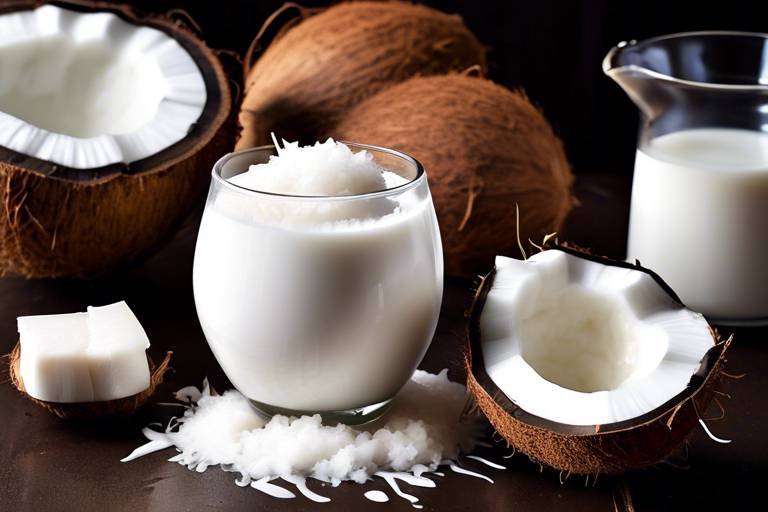How to Cook Perfectly Flaky Fish - Tips and Tricks
When it comes to cooking fish to perfection, achieving that ideal flaky texture can be a real game-changer in the kitchen. Imagine cutting into a piece of fish that effortlessly flakes apart with a fork, revealing moist and tender flesh that practically melts in your mouth. This article is your ultimate guide to mastering the art of cooking perfectly flaky fish, packed with expert tips and tricks to elevate your culinary skills.
Choosing the right fish is crucial in ensuring a flaky result. Opt for varieties known for their flaky texture, such as cod, haddock, or halibut. When selecting fish at the market, look for clear eyes, firm flesh, and a fresh ocean smell. These signs indicate that the fish is of high quality and will yield the best flaky outcome.
Preparation techniques play a significant role in enhancing the flavor and texture of your fish. Consider marinating your fish in a blend of herbs, spices, and citrus juices to infuse it with delicious flavors. Seasoning with salt and pepper before cooking is essential to bring out the natural taste of the fish. Brining is another method that can help keep the fish moist and tender during cooking.
When it comes to cooking methods, there are several options to achieve that perfect flaky finish. Baking fish in the oven allows for gentle cooking and even heat distribution, resulting in a moist and flaky texture. Grilling fish imparts a smoky flavor and crispy exterior while maintaining the fish's tenderness. Pan-searing fish in a hot skillet creates a golden crust on the outside while keeping the inside flaky and succulent.
Seasoning and flavoring your fish can take it to the next level. Experiment with a variety of herbs like dill, parsley, or thyme to enhance the taste of your fish. Spices such as paprika, cumin, or chili powder can add depth and complexity to the flavor profile. Citrus zest and juice can brighten up the dish and complement the natural sweetness of the fish.
Temperature control is key to achieving a perfectly flaky result. Avoid overcooking your fish by monitoring the cooking temperature closely. Fish is done when it reaches an internal temperature of 145°F (63°C) and easily flakes with a fork. Cooking at too high a temperature can result in dry and tough fish, so gentle heat is the way to go.
Checking the doneness of your fish is a crucial step to ensure it is cooked through but still moist and flaky. Use a thermometer to measure the internal temperature or simply test with a fork – the fish should easily flake apart, and the flesh should be opaque and separate easily. Avoid overcooking, as this can lead to a dry and rubbery texture.
When it comes to serving your perfectly flaky fish, the possibilities are endless. Pair it with fresh salads, roasted vegetables, or a flavorful grain pilaf for a well-rounded meal. Top with a drizzle of lemon butter sauce, a dollop of tangy tartar sauce, or a sprinkle of fresh herbs for added flair.
Storage and reheating tips are essential for enjoying leftover fish without compromising its texture and taste. Store cooked fish in an airtight container in the refrigerator for up to 2 days. When reheating, use gentle heat methods like steaming or microwaving with a splash of water to retain moisture and prevent the fish from drying out.
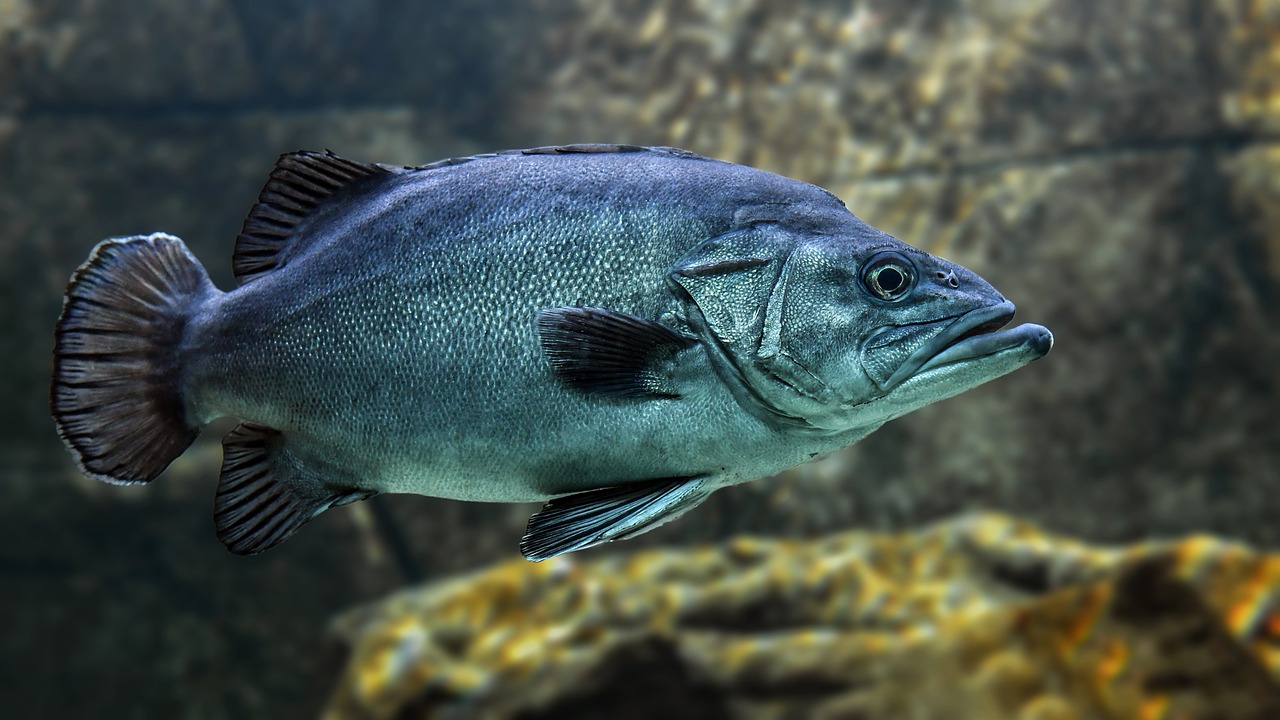
Choosing the Right Fish
Discover expert tips and tricks for cooking fish to perfection, ensuring a flaky and delicious result every time.
When it comes to cooking perfectly flaky fish, selecting the right type of fish is crucial. Not all fish are created equal when it comes to achieving that desired flaky texture. Certain types of fish are more prone to flaking beautifully when cooked just right, while others may not deliver the same result. To ensure you pick the best fish for your dish, consider factors such as the fat content, texture, and flavor profile of the fish. For flaky perfection, opt for varieties like cod, haddock, tilapia, or salmon, known for their ability to easily flake apart when cooked properly.
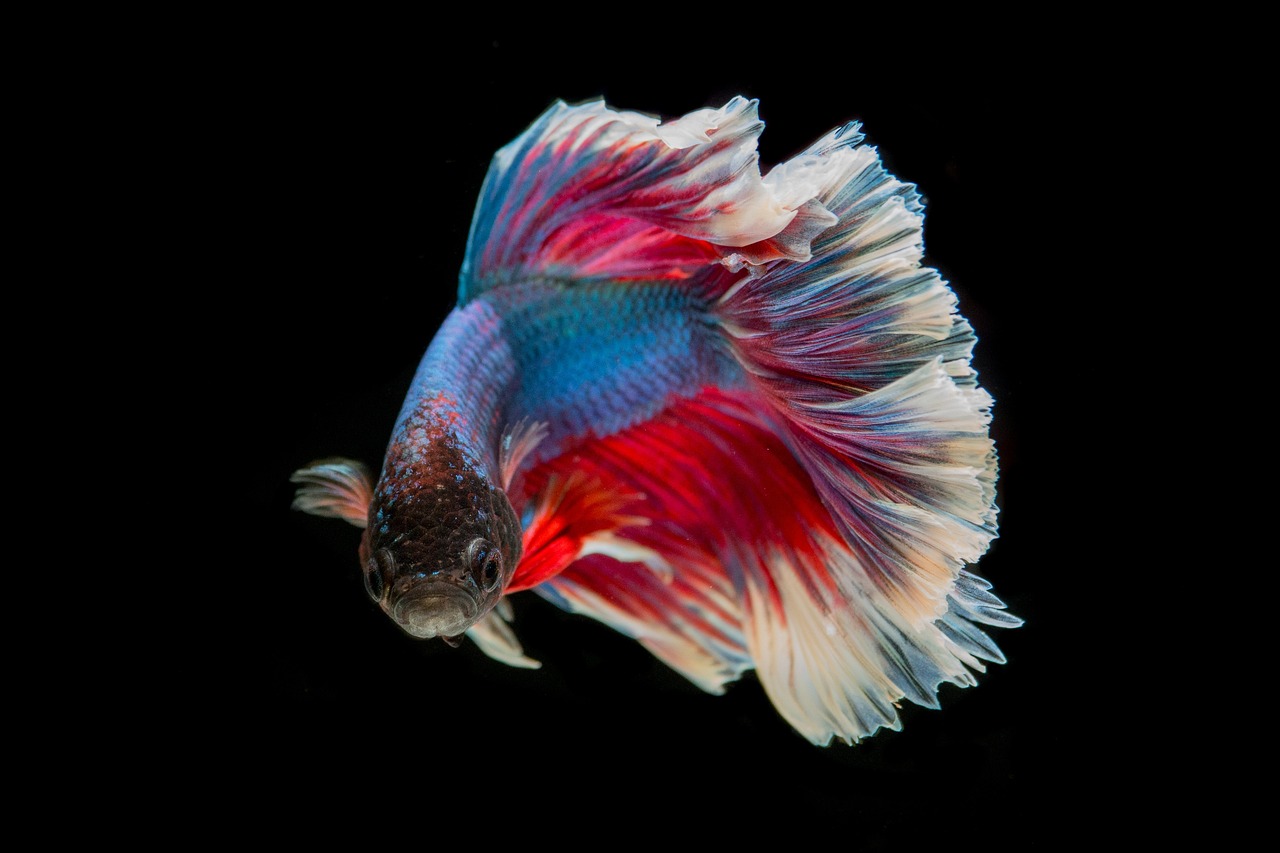
Preparation Techniques
When it comes to preparing fish, there are various techniques you can use to enhance its flavor and texture. One popular method is marinating, which involves soaking the fish in a mixture of oil, acid (like lemon juice or vinegar), and seasonings. This helps infuse the fish with delicious flavors and also helps tenderize it.
Another technique to consider is seasoning. By generously seasoning your fish with a blend of herbs, spices, salt, and pepper, you can create a flavorful crust when cooking. This not only adds taste but also a beautiful texture to the fish.
Brining is yet another technique that can work wonders for your fish. Brining involves soaking the fish in a saltwater solution before cooking. This helps the fish retain moisture during cooking, resulting in a juicy and tender final product.
Experimenting with these preparation techniques can take your fish dishes to a whole new level, ensuring a mouthwatering and flaky result that will impress your guests.
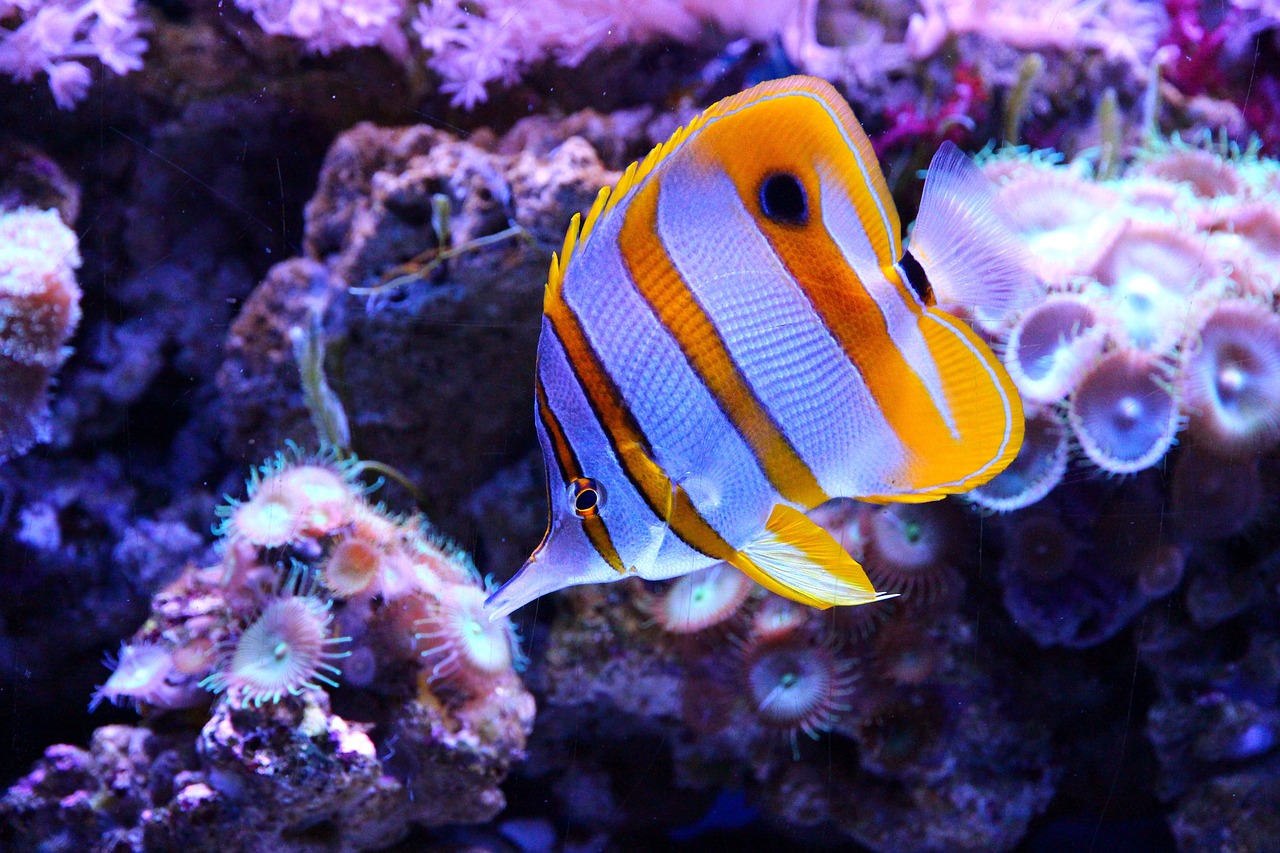
Cooking Methods
When it comes to cooking fish, there are various methods you can use to achieve that perfect flaky texture and delicious flavor. Each cooking method brings its unique touch to the dish, allowing you to experiment and find the one that suits your taste buds the best.
One popular cooking method for fish is baking. Baking fish in the oven allows for gentle, even cooking, resulting in a moist and tender final product. You can season the fish with herbs, spices, and a drizzle of olive oil before placing it in the oven to bake to perfection.
Grilling is another fantastic way to cook fish, imparting a smoky flavor and beautiful grill marks. Whether you're using a gas or charcoal grill, make sure to oil the grates well and cook the fish over medium heat to prevent sticking and ensure even cooking.
If you prefer a crispy outer layer on your fish, pan-searing is the way to go. Searing the fish in a hot skillet with a bit of oil creates a golden crust while keeping the inside moist and flaky. It's a quick and easy method that yields delicious results.
For those who enjoy a more delicate approach, poaching is a gentle cooking technique that involves simmering the fish in a flavorful liquid. This method is perfect for keeping the fish moist and tender, allowing it to absorb the aromatics in the poaching liquid.
If you're feeling adventurous, smoking fish can add a whole new dimension of flavor to your dish. Whether using a traditional smoker or a stovetop smoker, the smoky essence infuses the fish, creating a unique and mouthwatering experience.
Each cooking method brings its own set of advantages and can be tailored to suit different types of fish and flavor profiles. Experimenting with these techniques will not only enhance your culinary skills but also elevate your fish dishes to a whole new level of deliciousness.
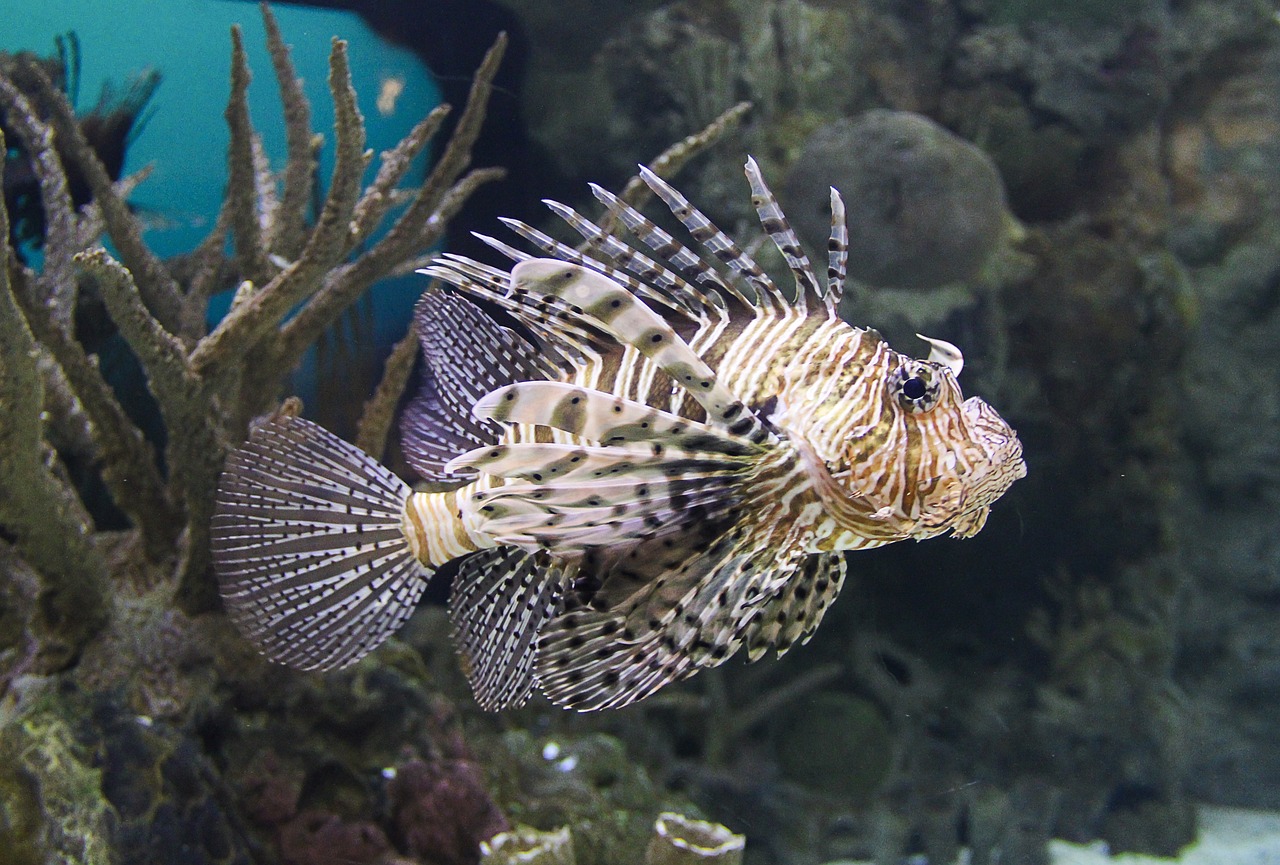
Seasoning and Flavoring
When it comes to cooking fish to perfection, play a crucial role in enhancing its taste and elevating the overall dining experience. By incorporating the right herbs, spices, citrus, and other ingredients, you can create a harmonious blend of flavors that complement the natural taste of the fish.
One popular method of seasoning fish is to create a marinade using a combination of oil, acid (such as citrus juice or vinegar), herbs, and spices. Marinating allows the flavors to penetrate the fish, resulting in a more flavorful and tender end product.
Another effective way to flavor fish is by using a dry rub, which consists of a mixture of herbs, spices, salt, and sugar that is applied directly to the fish before cooking. This method creates a flavorful crust on the fish while locking in moisture, resulting in a delicious and aromatic dish.
For those looking to add a burst of freshness to their fish, flavoring with citrus fruits such as lemon, lime, or orange can provide a zesty and bright contrast to the richness of the fish. Citrus not only enhances the flavor but also helps to tenderize the fish, making it more succulent and juicy.
When it comes to fish, experimentation is key. Don't be afraid to try different combinations of herbs, spices, and ingredients to find the perfect flavor profile that suits your taste preferences. Whether you prefer a bold and spicy kick or a light and citrusy finish, there are endless possibilities to explore when it comes to enhancing the flavor of your fish.

Temperature Control
When it comes to cooking fish, is a crucial factor that can make or break your dish. Just like a skilled conductor leading an orchestra, you must orchestrate the cooking process with precision to ensure the fish turns out perfectly flaky and tender.
Imagine cooking fish is like a delicate dance where the temperature acts as your dance partner. Too high of a temperature and your fish might end up tough and dry, like a piece of leather. On the other hand, too low of a temperature can leave your fish undercooked and unsafe to eat, akin to a half-baked idea.
One effective way to maintain control over the cooking temperature is by using a reliable kitchen thermometer. This tool will help you monitor the internal temperature of the fish, ensuring it reaches the desired doneness without overcooking. Think of it as your trusty compass guiding you through the culinary seas.
Additionally, adjusting the heat source during the cooking process can also help you regulate the temperature. For example, if you notice the fish is cooking too quickly on the outside but remains raw inside, you can lower the heat to allow for more even cooking. It's all about finding that sweet spot where the fish cooks gently and evenly, like a gentle breeze caressing the ocean surface.
Remember, practice makes perfect when it comes to temperature control. Experiment with different cooking methods and temperatures to understand how they affect the texture and flavor of the fish. With time and experience, you'll become a master at controlling the temperature to achieve that ideal flaky fish consistency.

Checking Doneness
When it comes to cooking fish, ensuring it is cooked through without overdoing it is crucial to achieving that perfect flaky texture. One effective way to check the doneness of fish is by using a fork. Gently insert a fork into the thickest part of the fish and twist it slightly. If the fish flakes easily and appears opaque all the way through, it is ready to be served. Remember, the fish will continue to cook slightly even after removing it from the heat, so it's better to slightly undercook it rather than overcook it.
Another method to determine if your fish is done is by using a food thermometer. Different types of fish have varying recommended internal temperatures for doneness. For example, most fish should reach an internal temperature of 145°F (63°C) when fully cooked. Insert the thermometer into the thickest part of the fish to get an accurate reading. This ensures that your fish is not only flaky but also safe to eat.
Visual cues can also help you determine if your fish is cooked to perfection. Look for the fish to turn from translucent to opaque as it cooks. The flesh should easily separate into large, moist flakes. Overcooked fish tends to become dry and loses its delicate texture, so keeping a close eye on these visual cues is essential.
Timing is another factor to consider when checking the doneness of fish. Cooking times can vary depending on the thickness of the fillet or steak. As a general rule, fish should be cooked for about 10 minutes per inch of thickness. However, the best way to ensure your fish is perfectly flaky is by using a combination of methods, including visual cues, temperature checks, and timing.
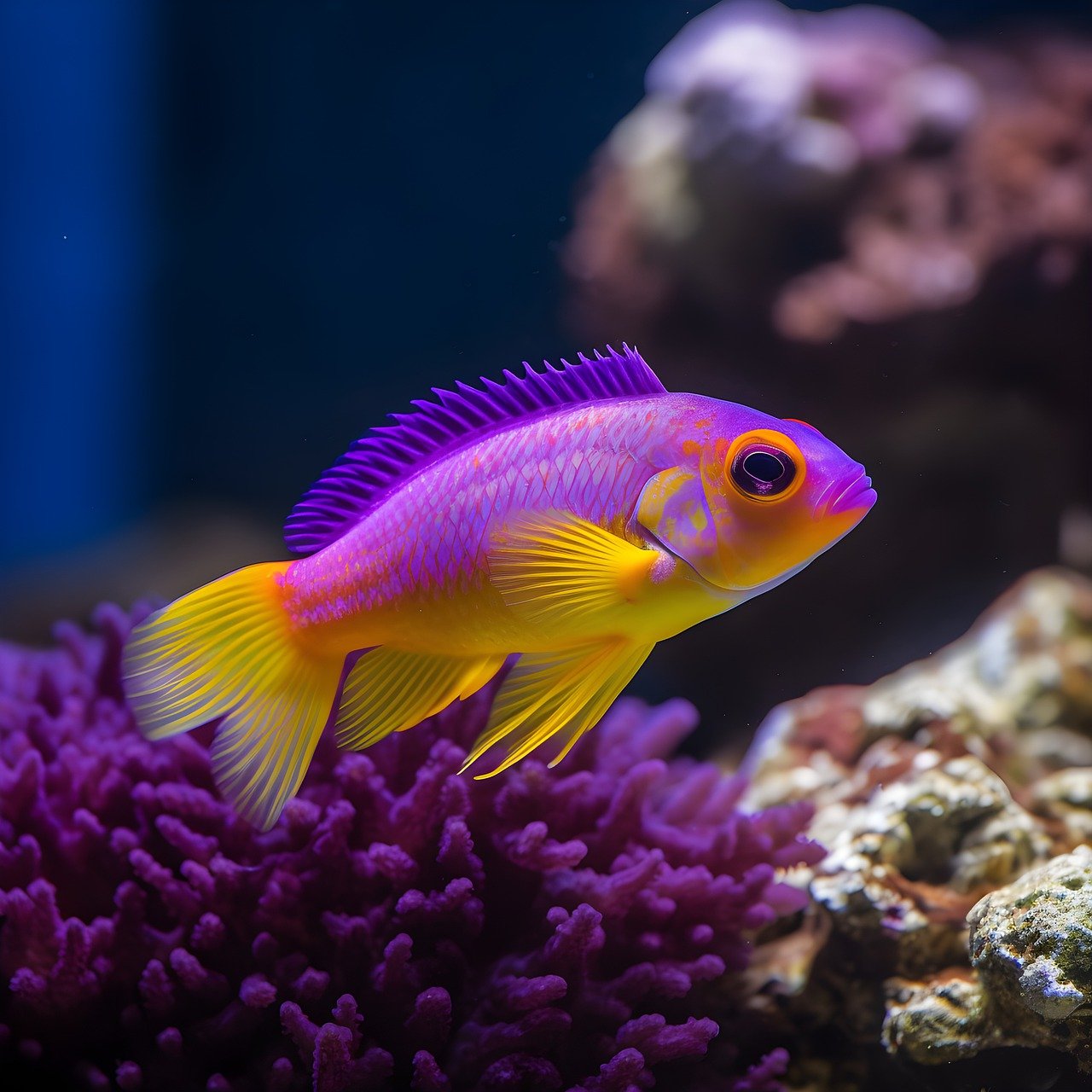
Serving Suggestions
When it comes to serving your perfectly flaky fish, the presentation can make all the difference in elevating your dish from ordinary to extraordinary. Imagine your flaky fish as the star of the show, ready to be complemented by a supporting cast of delicious sides, sauces, and garnishes. Just like a well-coordinated ensemble cast in a movie, each element on the plate should harmonize to create a symphony of flavors and textures.
One popular serving suggestion is to pair your flaky fish with a refreshing citrus salsa. The zesty citrus flavors cut through the richness of the fish, providing a burst of freshness with every bite. The vibrant colors of the salsa also add visual appeal to the dish, making it a feast for both the eyes and the palate.
If you prefer a more classic approach, consider serving your flaky fish with a side of garlic butter roasted vegetables. The buttery richness of the sauce enhances the natural flavors of the fish while the roasted vegetables add a satisfying crunch and earthy sweetness to the meal. It's a timeless combination that never fails to impress.
For those looking to add a touch of elegance to their dish, a drizzle of herb-infused olive oil can take your flaky fish to the next level. The aromatic herbs infuse the oil with their flavors, creating a luxurious finishing touch that ties the whole dish together. It's a simple yet sophisticated way to add depth and complexity to your meal.
When it comes to garnishes, don't underestimate the power of a sprinkle of fresh herbs or a squeeze of lemon juice. These simple additions can brighten up the flavors of your fish and add a pop of color to the plate. Remember, the goal is not just to serve a meal but to create a culinary experience that delights all the senses.

Storage and Reheating Tips
When it comes to storing leftover fish to maintain its flaky texture and delicious flavor, there are a few key tips to keep in mind. Firstly, it's essential to store the fish properly to prevent it from drying out or becoming mushy. One effective method is to wrap the fish tightly in plastic wrap or aluminum foil before placing it in an airtight container or resealable bag. This helps to preserve the moisture content and prevent any odors from seeping in.
Additionally, storing the fish in the coldest part of the refrigerator, typically the back of the bottom shelf, can help extend its freshness. Avoid placing the fish in the refrigerator door, as the temperature fluctuates more in this area. If you plan to store the fish for more than a couple of days, consider freezing it. Wrap the fish in moisture-proof and airtight packaging before placing it in the freezer to maintain its quality.
When it comes to reheating fish, it's crucial to do so gently to prevent it from becoming tough or dry. One effective method is to reheat the fish in a low-temperature oven, around 275°F, to slowly warm it through without overcooking. Alternatively, you can use a steaming method by placing the fish in a steamer basket over simmering water until heated. This helps to retain the moisture and flakiness of the fish.
Another important tip for reheating fish is to avoid using the microwave, as it can easily overcook the fish and result in a rubbery texture. If you prefer to use the microwave, do so at a low power setting and in short intervals, checking the fish frequently to prevent overheating.
Overall, proper storage and reheating techniques are essential for maintaining the flaky texture and delicious flavor of leftover fish. By following these tips, you can enjoy your fish dishes just as fresh and tasty as when they were first cooked.
Frequently Asked Questions
- Q: What is the best type of fish for achieving a flaky texture?
A: Fish varieties such as cod, haddock, and flounder are known for their naturally flaky texture, making them ideal choices for achieving that perfect flakiness in your dish.
- Q: How can I tell if my fish is cooked through without overcooking it?
A: One simple way to check if your fish is cooked is by using a fork to gently twist and see if the flesh flakes easily. Additionally, you can use a food thermometer to ensure the internal temperature reaches 145°F (63°C) for most fish types.
- Q: What are some creative ways to flavor my fish?
A: Experiment with seasoning your fish with a variety of herbs like dill, parsley, or thyme, along with spices such as paprika or cayenne pepper. Citrus fruits like lemon or lime can also add a refreshing zest to your fish.
- Q: How should I store leftover fish to maintain its flaky texture?
A: To keep your leftover fish flaky, store it in an airtight container in the refrigerator for up to 2-3 days. Avoid reheating fish in the microwave as it can make the texture rubbery; instead, opt for reheating in the oven or on the stovetop.




